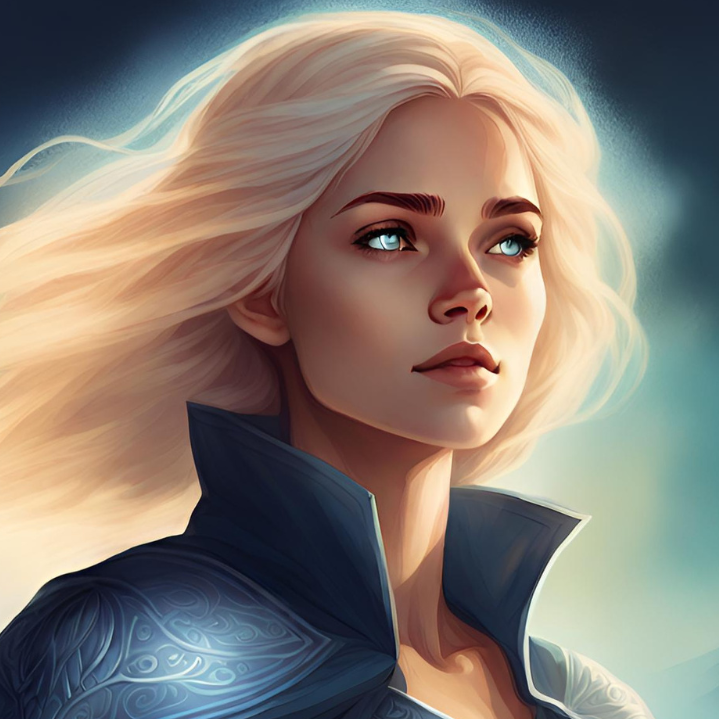Dragons and Their Riders: The Fiery Legacy of House Targaryen
In the world of George R.R. Martin’s “A Song of Ice and Fire,” dragons are not mere mythical beasts; they are symbols of power, majesty, and the indomitable spirit of House Targaryen. Their fiery breath has shaped the history of Westeros, forging empires and leaving behind a legacy of awe and terror.
| Key Takeaway | Description |
|---|---|
| Dragons as Symbols of Power and Legacy | The dragons of House Targaryen represent the family’s power, their magical connection to Valyria, and their claim to the Iron Throne. |
| Diverse and Unique Creatures | Dragons vary in size, color, and personality, each with unique abilities and characteristics, making them more than just weapons of war. |
| The Profound Dragon-Rider Bond | The bond between dragon and rider is a deep, symbiotic connection, characterized by shared emotions, experiences, and dreams, and the loss of one deeply affects the other. |
| Dragons as Catalysts for Change | Dragons have played a pivotal role in shaping Westeros’ history, acting as instruments of conquest, agents of chaos, and symbols of hope, igniting wars and reshaping the political landscape. |
| Enduring Fascination and Unanswered Questions | The dragons’ presence in “A Song of Ice and Fire” captivates readers and viewers, raising questions about their future and their role in the ongoing struggle for power in Westeros. Their enduring appeal lies in their symbolism of power, magic, and the eternal struggle between good and evil, igniting wonder and excitement about their potential impact on the world. |
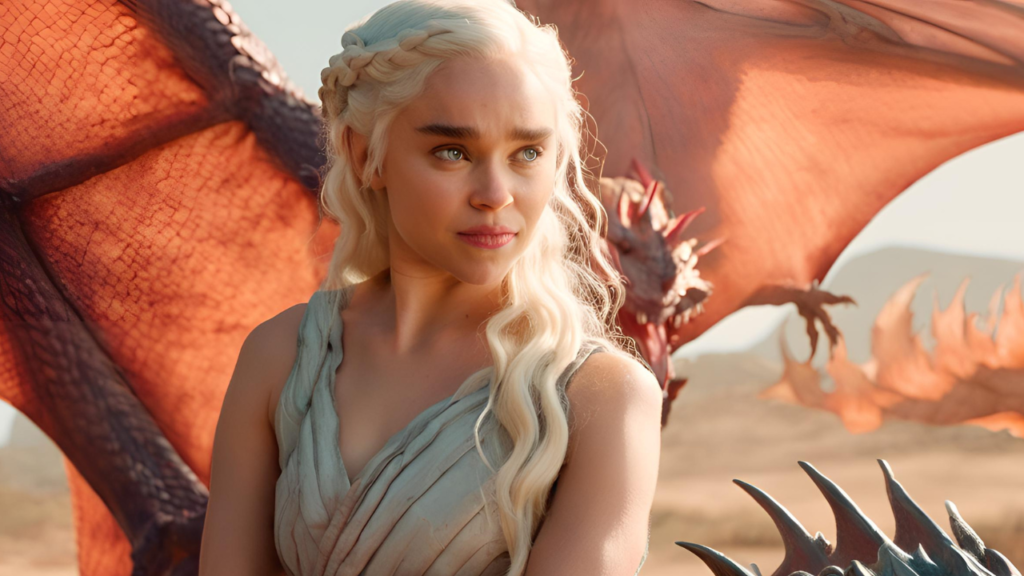
The Magnificent Beasts: Dragons of Valyrian Descent
The dragons of House Targaryen are not mere beasts of burden or weapons of war; they are awe-inspiring creatures imbued with magic and a deep connection to their Valyrian heritage. Born of fire and blood, these majestic beings are as diverse as their riders, each possessing unique personalities, sizes, and fiery hues. The Targaryens, hailing from the ancient Freehold of Valyria, were the last dragonlords to survive the Doom, a cataclysmic event that shattered their civilization.
Fleeing to the island fortress of Dragonstone, they brought with them a precious cargo: dragon eggs. These eggs, carefully guarded and nurtured, would hatch into the dragons that would later conquer and shape the destiny of Westeros. Dragons are not a monolithic species. They vary greatly in size, from smaller, agile creatures like the green dragon Rhaegal to colossal behemoths like Balerion the Black Dread, whose wingspan was said to blot out the sun. Their scales shimmer with a spectrum of colors: black, red, green, bronze, gold, and even creamy white. Each dragon possesses a distinct personality, ranging from fierce and aggressive to playful and curious.
Breakdown: House Targaryen
Balerion the Black Dread: Aegon the Conqueror’s legendary mount, Balerion was the largest and oldest of the Targaryen dragons. His fiery breath melted castles and his shadow struck terror into the hearts of enemies.
Vhagar: One of the three dragons that participated in Aegon’s Conquest, Vhagar was a massive bronze dragon known for her ferocity and endurance.
Meraxes: Ridden by Rhaenys Targaryen, Meraxes was a slender, swift dragon with golden scales and a fiery temper.
Drogon: Daenerys Targaryen’s largest and most beloved dragon, Drogon is a black-scaled beast with red wings, known for his fierce loyalty and protective nature.
Rhaegal: Daenerys’ green-scaled dragon, named after her brother Rhaegar, is described as more playful and curious than his siblings.
Viserion: The cream and gold dragon of Daenerys, named after her brother Viserys, is initially timid but grows into a formidable creature.
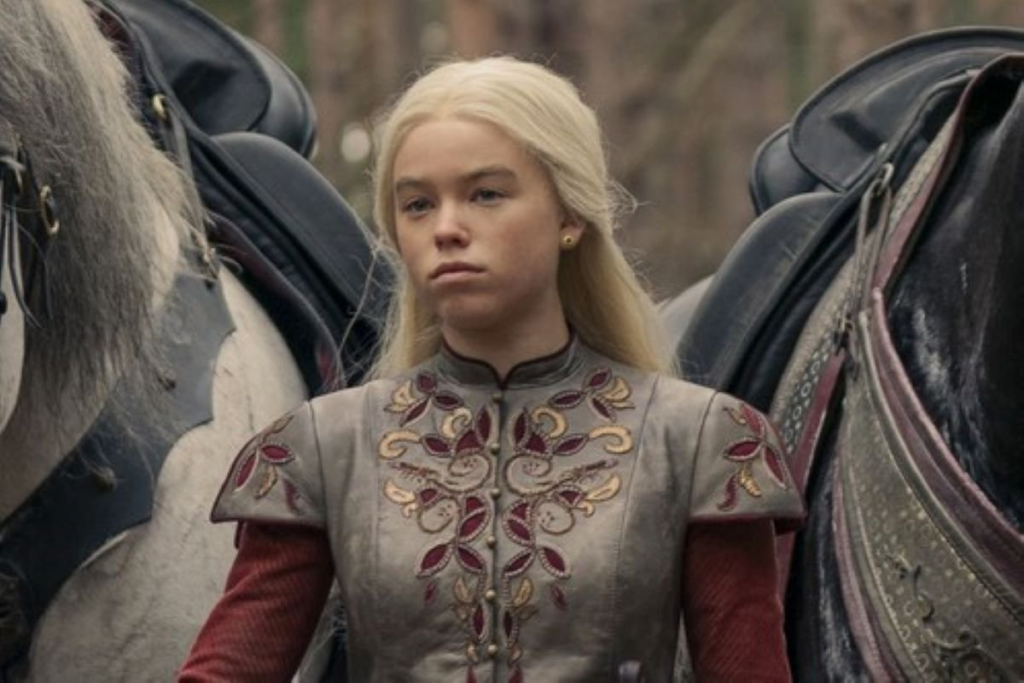
A Lifelong Bond
Dragons hatch from eggs and grow throughout their lives, forming an unbreakable bond with their riders. This bond is not merely a master-servant relationship but a deep, symbiotic connection. Dragons and their riders share emotions, experiences, and even dreams. The loss of a dragon can leave a rider devastated, while the death of a rider can drive a dragon to madness. The bond between dragon and rider is a source of immense power, but it also comes with great responsibility. Dragons are not mere tools of war; they are sentient beings capable of great destruction.
A rider must learn to control their dragon’s instincts and channel their power towards just causes. The consequences of failing to do so can be catastrophic, as seen in the bloody civil war known as the Dance of the Dragons. The dragons of House Targaryen are more than just mythical creatures; they are a living testament to the family’s legacy and a symbol of their power. Their presence in Westeros has shaped the course of history, and their fiery breath continues to ignite the imagination of readers and viewers alike.
The Dragonlords: A Privileged Few
The ability to bond with and ride a dragon is a rare and coveted gift, shrouded in mystery and revered throughout Westeros. While Targaryen blood undoubtedly grants a natural affinity for these creatures, the privilege of becoming a dragonlord is not solely determined by lineage. Valyrian Blood and Beyond: Although Targaryens are renowned for their dragonriding prowess, history has shown that the bond is not exclusive to those with pure Valyrian blood. Several bastards, carrying the Targaryen name but not always the legitimacy, have successfully ridden dragons.
Notable examples include Addam of Hull, who rode the dragon Seasmoke, and Nettles, a mysterious woman who tamed the wild dragon Sheepstealer. This suggests that the ability to connect with dragons might be linked to a deeper, more innate quality than simply bloodline. The Dragon-Rider Bond: A Profound Connection: The relationship between a dragon and its rider transcends the physical act of riding. It is a profound, symbiotic bond that intertwines their very beings.
Dragon and rider share a deep emotional connection, experiencing each other’s joys, sorrows, and fears. They even share dreams, blurring the lines between their consciousness. This profound connection is evident in the devastating impact the loss of a dragon has on its rider. When Daenerys Targaryen’s beloved dragon, Rhaegal, is killed, she is consumed by grief and rage, her bond with Drogon intensifying as a result. Similarly, the deaths of dragonriders have been known to drive their dragons to madness, as they mourn the loss of their human counterparts.
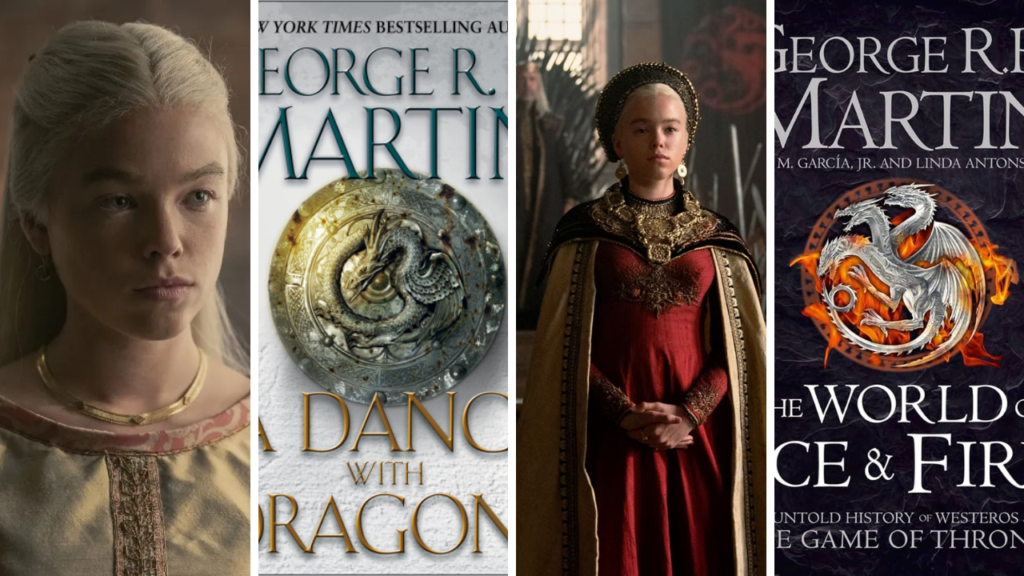
The Dragonlords
The Making of a Dragonlord: Skill, Courage, and Trust: Becoming a dragonrider is not a simple matter of inheritance or luck. It requires a unique blend of skill, courage, and unwavering trust. Young Targaryens are raised from childhood to interact with dragons, learning to understand their behavior and communicate with them. They are taught to ride and control their mounts, honing their skills through years of practice. However, the ultimate decision to accept a rider lies with the dragon.
The bond is formed through an unspoken connection, a mutual understanding and respect that cannot be forced. A dragon chooses its rider based on an intuitive sense of compatibility, making the relationship between dragon and rider a true partnership. The Dragonlords of Westeros are more than just warriors or conquerors; they are the embodiment of a magical bond that links humans and dragons. Their connection is a testament to the power of trust, empathy, and the enduring allure of these magnificent creatures.
A Fiery Legacy: Dragons in Westerosi History
The history of Westeros is inextricably intertwined with the fiery breath of dragons. These magnificent creatures have served as instruments of conquest, agents of chaos, and symbols of hope, leaving an indelible mark on the political landscape and collective memory of the Seven Kingdoms. Aegon’s Conquest and the Rise of the Targaryen Dynasty: The arrival of Aegon the Conqueror and his sisters, Visenya and Rhaenys, marked a turning point in Westerosi history. Mounted on their fearsome dragons, Balerion, Vhagar, and Meraxes, they unleashed a reign of fire and blood that swept across the continent.
Castles crumbled, armies scattered, and the Seven Kingdoms, once divided, were forged into a single realm under Targaryen rule. The dragons, with their awe-inspiring power, became the ultimate symbol of Targaryen dominance. The Dance of the Dragons: A Dance of Death and Destruction: However, the Targaryen dynasty’s reliance on dragons proved to be a double-edged sword. The Dance of the Dragons, a brutal civil war fought between rival Targaryen claimants, unleashed the full destructive potential of these creatures.
Dragons clashed in the skies, their fiery breath reducing cities to ashes and claiming countless lives. The war decimated the Targaryen bloodline, weakened the dynasty, and led to the gradual extinction of dragons in Westeros. The Fall and Rebirth of Dragons: A Flicker of Hope: For generations, the dragons were believed to be extinct, their bones displayed in the Red Keep as a reminder of their former glory. However, the birth of Daenerys Targaryen’s three dragons, Drogon, Rhaegal, and Viserion, shattered this belief. Their emergence from petrified eggs symbolized a resurgence of Targaryen power and a return of magic to the world.
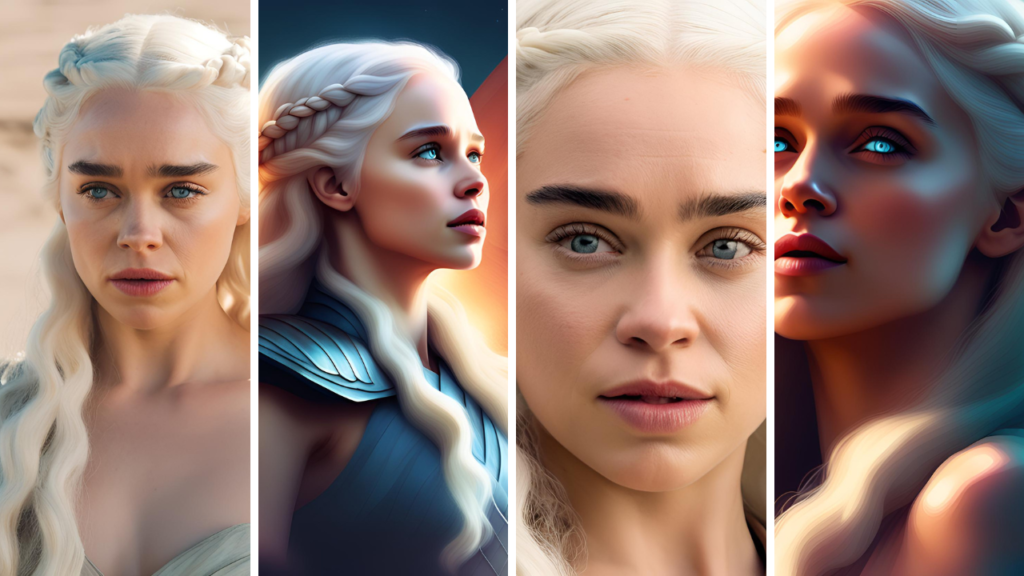
Dragons in Westerosi History
Daenerys’s dragons became instrumental in her quest to reclaim the Iron Throne. They broke chains, liberated cities, and incinerated enemies, proving that the Targaryen legacy was far from extinguished. Their presence challenged the established order and ignited a new era of political upheaval. Dragons as Symbols: Beyond Their Destructive Power: The dragons of House Targaryen represent more than just military might.
They embody the Targaryen legacy, their connection to the ancient magic of Valyria, and their unwavering belief in their right to rule. Dragons are symbols of power, majesty, and the potential for both destruction and rebirth. Their presence in Westeros inspires awe, fear, and wonder. They are a reminder that even in a world dominated by political intrigue and human conflict, there are forces beyond human control that can shape the destiny of nations. The dragons, with their fiery breath and indomitable spirit, remain an enduring symbol of the Targaryen legacy and the ever-evolving saga of Westeros.
The Enduring Fascination of Dragons
The dragons of House Targaryen are far more than mere instruments of war or symbols of power; they are living embodiments of myth and magic, forever intertwined with the fate of Westeros. Their presence ignites a sense of wonder and awe, captivating readers and viewers alike with their fiery breath and majestic presence. Dragons as Archetypal Symbols: These magnificent creatures transcend their fictional existence to become archetypal symbols deeply ingrained in human consciousness. They represent the raw power of nature, the allure of the unknown, and the potential for both creation and destruction.
In the world of “A Song of Ice and Fire,” dragons embody the Targaryen legacy, their connection to the ancient magic of Valyria, and their unwavering belief in their right to rule. A Catalyst for Change and Conflict: Dragons are not passive observers in the game of thrones; they are catalysts for change, upheaval, and conflict. Their presence can alter the balance of power, ignite wars, and reshape the political landscape.
From Aegon’s Conquest to Daenerys’s liberation of Slaver’s Bay, dragons have consistently proven to be game-changers, their impact echoing throughout the annals of Westerosi history. Companions, Not Just Weapons: While dragons are undoubtedly formidable weapons, they are also capable of deep emotional connections with their riders. The bond between dragon and rider is a testament to the power of empathy, trust, and mutual respect. Dragons are not merely tools to be wielded; they are companions, protectors, and confidants, sharing a profound connection with their human counterparts.
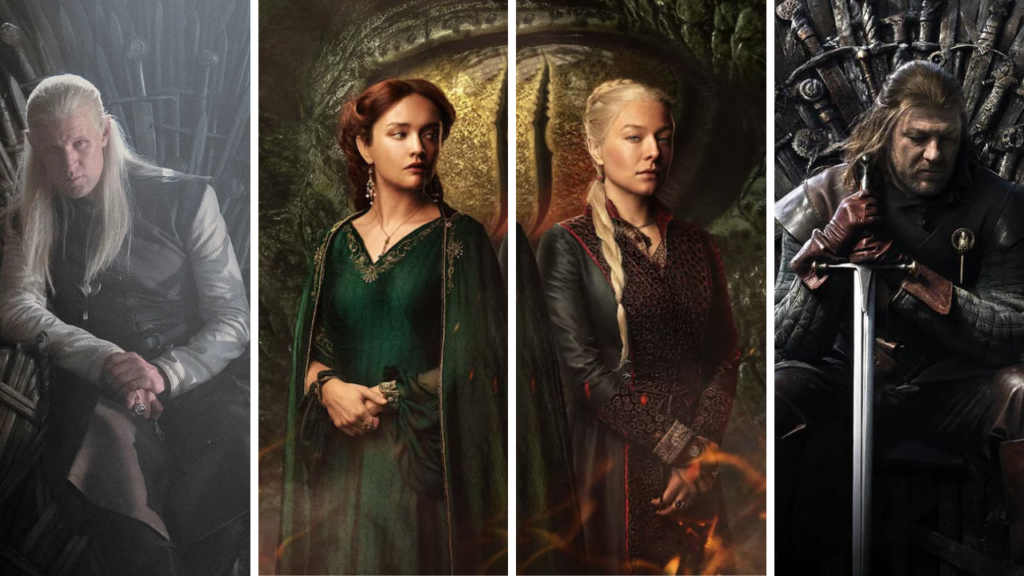
Conclusion
The Future of Dragons and Westeros: As the “A Song of Ice and Fire” saga unfolds, the fate of dragons and their impact on Westeros remains uncertain. Will they continue to be a source of power and conflict, or will they evolve into something more? Will they unite the realm under a Targaryen banner once again, or will their presence lead to further chaos and destruction? The answers to these questions lie in the hands of George R.R. Martin, the master weaver of this intricate tapestry.
The enduring fascination with dragons in “A Song of Ice and Fire” speaks to their timeless appeal as symbols of power, magic, and the eternal struggle between good and evil. They embody the human fascination with the unknown, the allure of power, and the enduring hope for a world where even the most fantastical creatures can coexist with humanity. As readers and viewers eagerly await the conclusion of this epic saga, one thing is certain: the dragons of House Targaryen will continue to soar through the skies of Westeros, their fiery breath forever shaping the destiny of this fantastical world.
FAQ
| Question | Answer |
|---|---|
| What is the significance of dragons in the world of “A Song of Ice and Fire”? | Dragons represent power, majesty, and the Targaryen dynasty’s connection to ancient Valyrian magic. Their presence has shaped the history of Westeros, playing a crucial role in conquests, wars, and political upheavals. |
| How do Targaryens bond with dragons? | Targaryens have a natural affinity for dragons, likely due to their Valyrian blood. However, the bond is not exclusive to them. It’s a deep, symbiotic connection formed through mutual respect and trust, often established from a young age. |
| Can anyone ride a dragon? | While Targaryens are more likely to bond with dragons, individuals from other families or even those of unknown lineage have become dragonriders. The dragon ultimately chooses its rider based on an unspoken connection. |
| How did dragons influence the history of Westeros? | Dragons were instrumental in Aegon the Conqueror’s unification of the Seven Kingdoms. However, they also played a role in the devastating civil war known as the Dance of the Dragons, which nearly destroyed the Targaryen dynasty. |
| Are all dragons the same? | No, dragons come in various sizes, colors, and temperaments. Some are massive and ancient, while others are smaller and more agile. Each dragon has a unique personality, ranging from fierce and aggressive to playful and curious. |
| What happened to the dragons after the Dance of the Dragons? | Most dragons perished in the Dance of the Dragons, and the remaining ones gradually died out. However, Daenerys Targaryen’s dragons hatched centuries later, marking a resurgence of dragonkind and potentially changing the balance of power in Westeros. |
| What is the future of dragons in Westeros? | The future of dragons remains uncertain. Their presence has already caused significant upheaval, and their continued existence could lead to further conflict or potentially a new era of Targaryen rule. Their impact on the political landscape and the fate of Westeros remains a central question in the ongoing saga. |
| What do dragons symbolize in the story? | Dragons symbolize power, magic, and the Targaryen legacy. They also represent the potential for both creation and destruction, as their immense power can be used for good or for ill. Their presence adds a layer of wonder and unpredictability to the narrative. |
